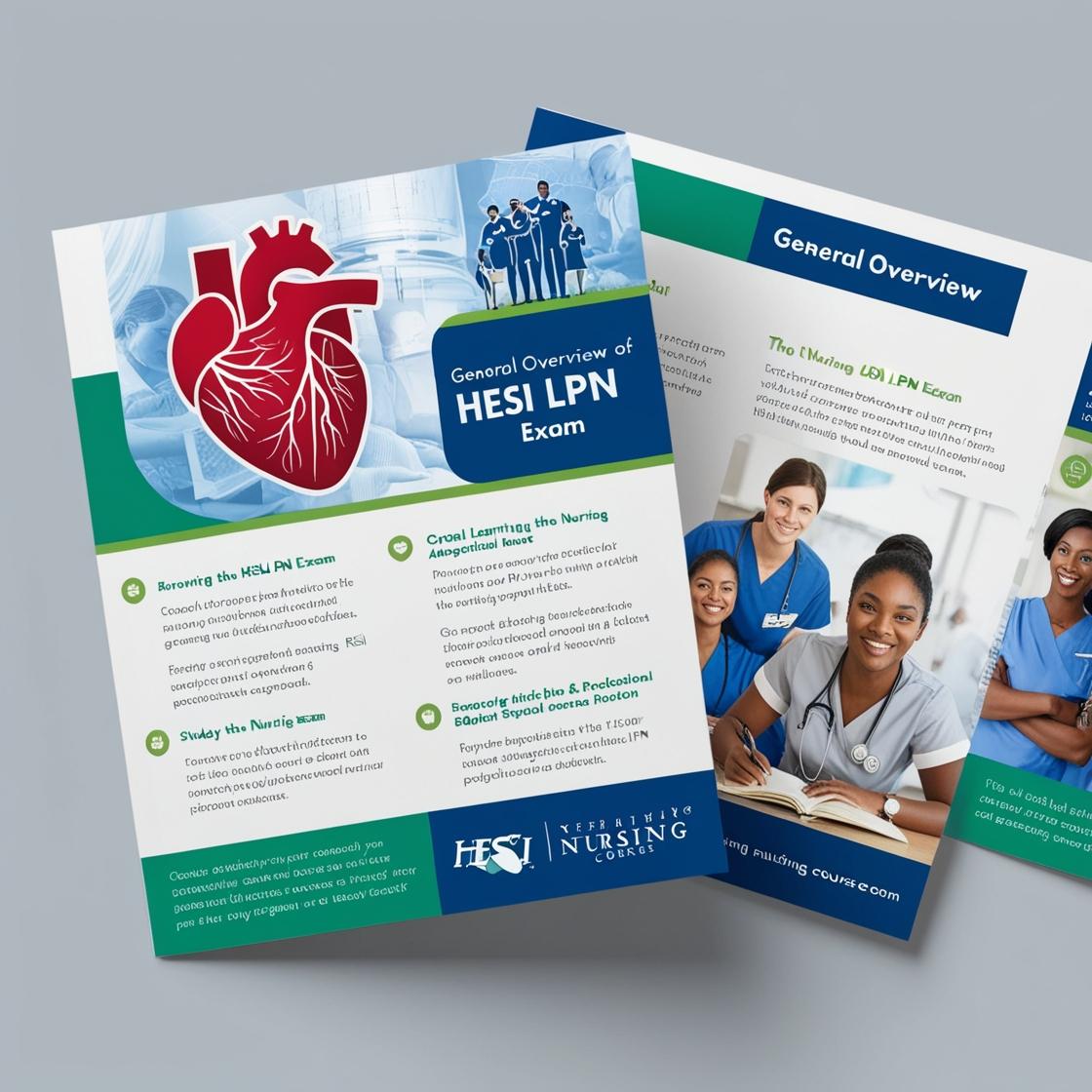HESI LPN
HESI Practice Test for Fundamentals
1. A client has a new prescription for a metered-dose inhaler. Which of the following instructions should the nurse include?
- A. Inhale quickly and deeply while pressing down on the inhaler.
- B. Hold your breath for 10 seconds after inhaling the medication.
- C. Exhale immediately after inhaling the medication.
- D. Shake the inhaler before each use.
Correct answer: B
Rationale: The correct instruction for using a metered-dose inhaler is to hold your breath for 10 seconds after inhaling the medication. This allows the medication to be absorbed more effectively in the lungs. Inhaling quickly and deeply while pressing down on the inhaler (Choice A) may cause the medication to deposit in the mouth and throat rather than reaching the lungs. Exhaling immediately after inhaling the medication (Choice C) may also lead to medication wastage. Shaking the inhaler before each use (Choice D) is not necessary for all types of inhalers and can sometimes cause improper drug delivery.
2. A nurse is giving a change-of-shift report about a client he admitted earlier that day who has pneumonia. Which of the following pieces of information is the priority for the nurse to provide?
- A. Breath sounds
- B. Client’s history of smoking
- C. Current medication list
- D. Client’s family history of respiratory illness
Correct answer: A
Rationale: In a client with pneumonia, assessing breath sounds is crucial as it provides immediate information about the client's respiratory status. Changes in breath sounds could indicate complications like fluid accumulation or worsening pneumonia. While the client's history of smoking (Choice B), current medication list (Choice C), and family history of respiratory illness (Choice D) are important factors to consider, they are not as urgent or directly related to the client's immediate condition as assessing breath sounds.
3. A nurse is caring for a client postoperatively. When the nurse prepares to change the dressing, the client says it hurts. Which intervention is the nurse’s priority action?
- A. Administer pain medication 45 minutes prior to dressing change.
- B. Change the dressing quickly to minimize pain.
- C. Provide reassurance to the client that the pain will pass.
- D. Use a less painful dressing technique.
Correct answer: A
Rationale: Administering pain medication before the dressing change is the priority action to help manage the client's pain effectively. This intervention ensures that the client is comfortable during the procedure. Changing the dressing quickly may cause more discomfort to the client. Providing reassurance is important but does not address the immediate pain concern. Using a less painful dressing technique may be helpful, but administering pain medication first is the priority to address the client's pain promptly.
4. A nurse is teaching an older adult client who has type 2 diabetes mellitus about how to care for corns and calluses on her toes. Which of the following statements by the client indicates an understanding of the teaching?
- A. I can place an oval corn pad over toes that have corns as long as I remove the pad weekly
- B. I should soak my feet in warm water daily to soften corns and calluses
- C. I can apply lotion to soften calluses as long as I don’t put lotion between my toes
- D. I should use an over the counter liquid medication to remove corns
Correct answer: C
Rationale: Applying lotion to the feet, avoiding between toes, is correct; over-the-counter treatments and soaking are not recommended.
5. A nurse is providing care to four clients. Which of the following situations requires the nurse to complete an incident report?
- A. A nurse tied a client's restraints straps to the moveable part of the bed frame.
- B. An assistive personnel placed a surgical mask on a client who has TB before transporting her to radiology.
- C. A nurse administered a medication to a client 30 minutes before the dose is due.
- D. A client who has an IV infusion pump receives an additional 250 mL of IV fluid.
Correct answer: C
Rationale: The correct answer is C. An incident report should be completed when a nurse administers medication to a client significantly earlier than the scheduled time. This deviation from the prescribed schedule could potentially impact the client's treatment plan and requires documentation for proper evaluation and follow-up. Choices A, B, and D do not necessarily require an incident report. Choice A involves improper restraint application, which is a safety issue but does not directly involve medication administration. Choice B involves a protective measure for a client with TB, which is within the scope of practice for assistive personnel. Choice D describes an increase in IV fluid administration, which may need monitoring but does not necessarily indicate a need for an incident report unless there are specific complications or adverse effects related to the additional fluid.
Similar Questions

Access More Features
HESI LPN Basic
$69.99/ 30 days
- 50,000 Questions with answers
- All HESI courses Coverage
- 30 days access @ $69.99
HESI LPN Premium
$149.99/ 90 days
- 50,000 Questions with answers
- All HESI courses Coverage
- 30 days access @ $149.99
